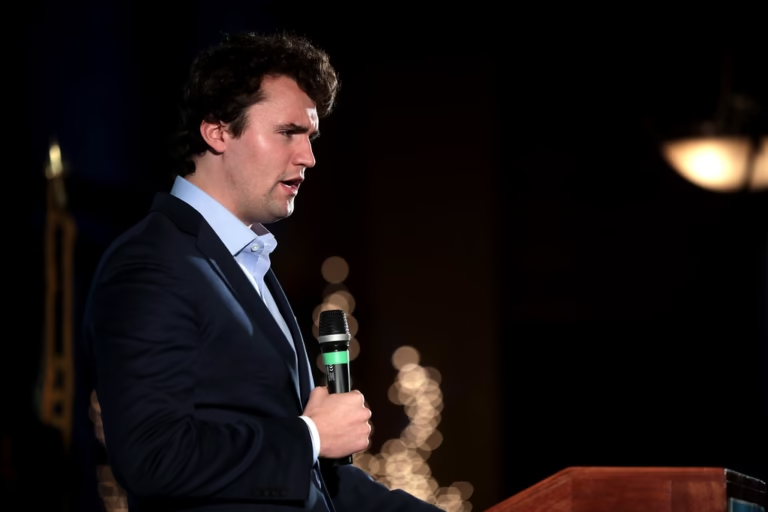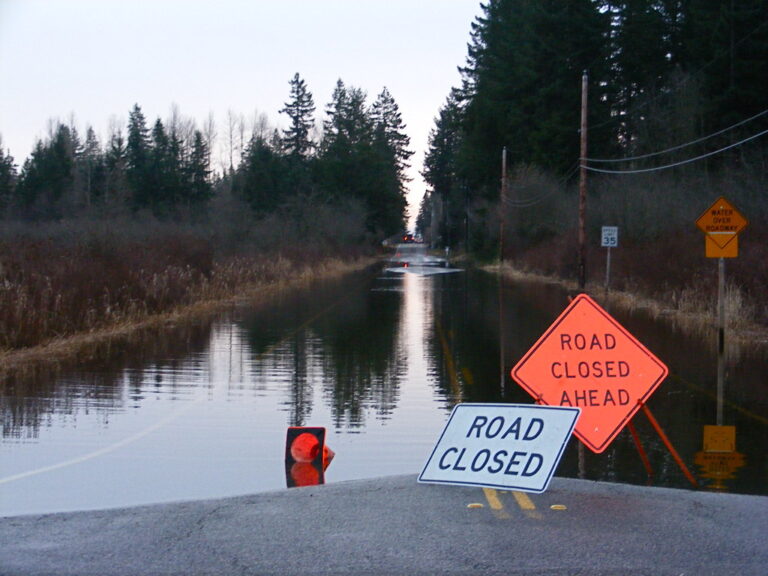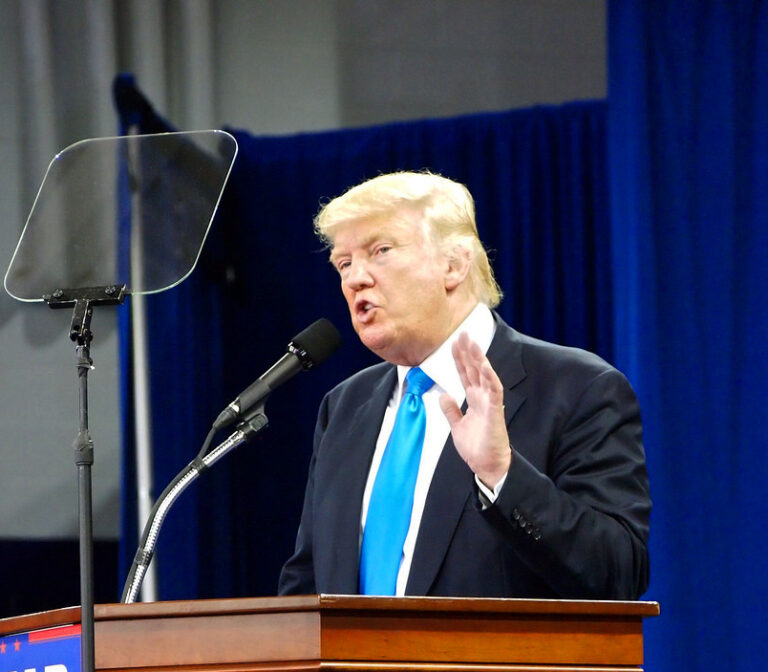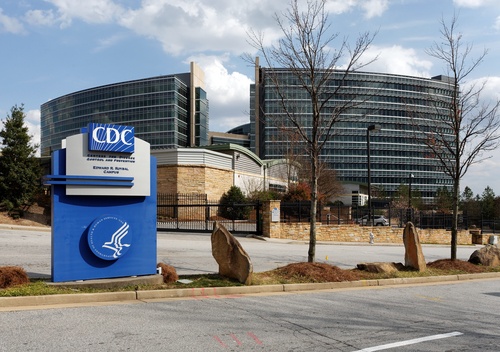Key Takeaways:
- A Miami-Dade teacher faces a state probe after reposting a critical message online.
- She never mentioned activist Charlie Kirk in her posts.
- The investigation is part of a wider effort to flag politically charged content.
- Critics warn this teacher investigation threatens free speech rights.
Teacher Investigation in Miami-Dade
A teacher at Palmetto Middle School now faces a state investigation over her social media activity. Officials vowed to find educators who spoke ill of right-wing activist Charlie Kirk after his murder. However, she never posted about him. Instead, she shared a repost criticizing the Florida education commissioner’s vow to “investigate” teachers. That single action triggered her teacher investigation. She told the local paper she is puzzled. “I don’t know which post they flagged,” she said. School leaders and her principal have not commented on the ongoing case.
What Are They Looking At?
State authorities focus on any posts deemed politically charged. In Miami-Dade alone, eight teachers face a similar inquiry. Parents or administrators flagged each post. Many involved reposts or comments critical of state officials. In her case, the original message urged people to call the commissioner and “tell him to go to hell.” It also slammed Governor DeSantis. Marvin Dunn, a former professor and activist, first shared it. As a result, investigators added her to their list. Meanwhile, district officials say they cannot speak on ongoing investigations.
Broader Censorship in Florida Schools
Florida has passed laws to curb certain books in school libraries. Public university boards fill with governor allies. Diversity and equity programs vanish from college campuses. These moves spark debates about academic freedom and free speech. Many educators now fear that any strong opinion could lead to scrutiny. Thus, this teacher investigation links to a larger fight over who controls classroom views.
The Impact on Educators
Teachers worry that every social media post could trigger a probe. They feel pressured to self-censor and avoid political topics. That stress hurts teacher morale. In fact, surveys show nearly one in three college professors in Florida apply for jobs in other states. This trend threatens a brain drain, as top educators leave for safer climates.
Public Reaction and Debate
Free speech advocates call these investigations an attack on educators’ rights. They argue private opinions deserve protection. Other parents support strict oversight, wanting teachers to stay neutral. These conflicting views fuel a heated debate. National observers now watch Florida’s next steps closely.
What Comes Next for Teachers
Educators await clear rules from state and district leaders. Many ask for social media guidelines and training. Others seek legal protections for off-duty speech. Until new policies appear, teachers may cut back on online activity. That could limit their connection with students and families outside class.
Lessons from Similar Cases
Courts in other states have sometimes sided with teachers. Judges ruled that private posts deserve First Amendment protection. Yet Florida’s recent laws lean toward tighter control. Legal experts expect challenges that could reach higher courts. Teachers watch these battles for hints on how to protect their rights.
Role of School Leadership
Principals and superintendents must guide staff through these changes. They can clarify which posts risk an investigation. In Ersoff’s case, silence from her principal added to her anxiety. Strong leadership could help teachers feel supported and informed, reducing fear and confusion.
Advice for Teachers
Educational experts recommend that teachers separate personal and professional accounts. They also advise using strict privacy settings. However, even private posts can become public. Thus, district policies must clearly outline acceptable online behavior. Teachers should review existing guidelines and ask questions when unsure.
Potential Outcomes of the Investigation
If officials find a rule violation, Ersoff could receive a warning, suspension, or other discipline. Some investigations end without action. Others carry more serious consequences. The outcome will depend on district rules and the state’s findings. The fear of severe penalties still alarms many teachers.
The Role of Parents and Community
Parents submit reports when they see posts they view as biased. Some worry politics now overshadows teaching quality. Community meetings debate how much political speech teachers should be allowed. While some citizens demand strict neutrality, others defend open discussion and diverse viewpoints.
Navigating Online Speech
Teachers now weigh every word before posting. Even casual reposts can spark a teacher investigation. Many plan to avoid political content altogether. Yet self-censorship may stifle valuable conversations and reduce teacher visibility online.
Looking Ahead
The Ersoff case will set a tone for future action. A harsh penalty might chill speech among teachers statewide. A lenient outcome could reassure educators. Still, the broader climate of control will continue until clear rules emerge.
Conclusion
This teacher investigation highlights a broader conflict over speech in Florida schools. It shows how politics now reaches into classroom walls and private online spaces. Teachers face new risks when sharing opinions. Parents and policymakers must find a fair balance between oversight and free speech. Clear guidelines and open talk can help resolve this tension.
Frequently Asked Questions
Why is the teacher under investigation if she didn’t mention Charlie Kirk?
She reposted a critical message aimed at the education commissioner, and officials treat that criticism as part of the same probe.
How many teachers face similar probes in Miami-Dade?
Eight teachers in Miami-Dade are currently under investigation for posts flagged as politically charged.
Can private social media posts lead to disciplinary action?
Yes. Even private posts can trigger a probe if they become public or get reported to authorities.
What steps can teachers take to protect their free speech rights online?
They can separate personal from professional accounts, adjust privacy settings, review district policies, and ask for clear guidelines.










